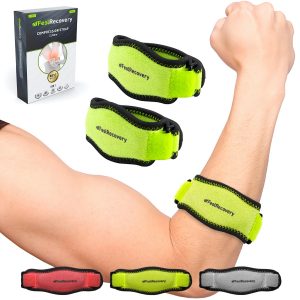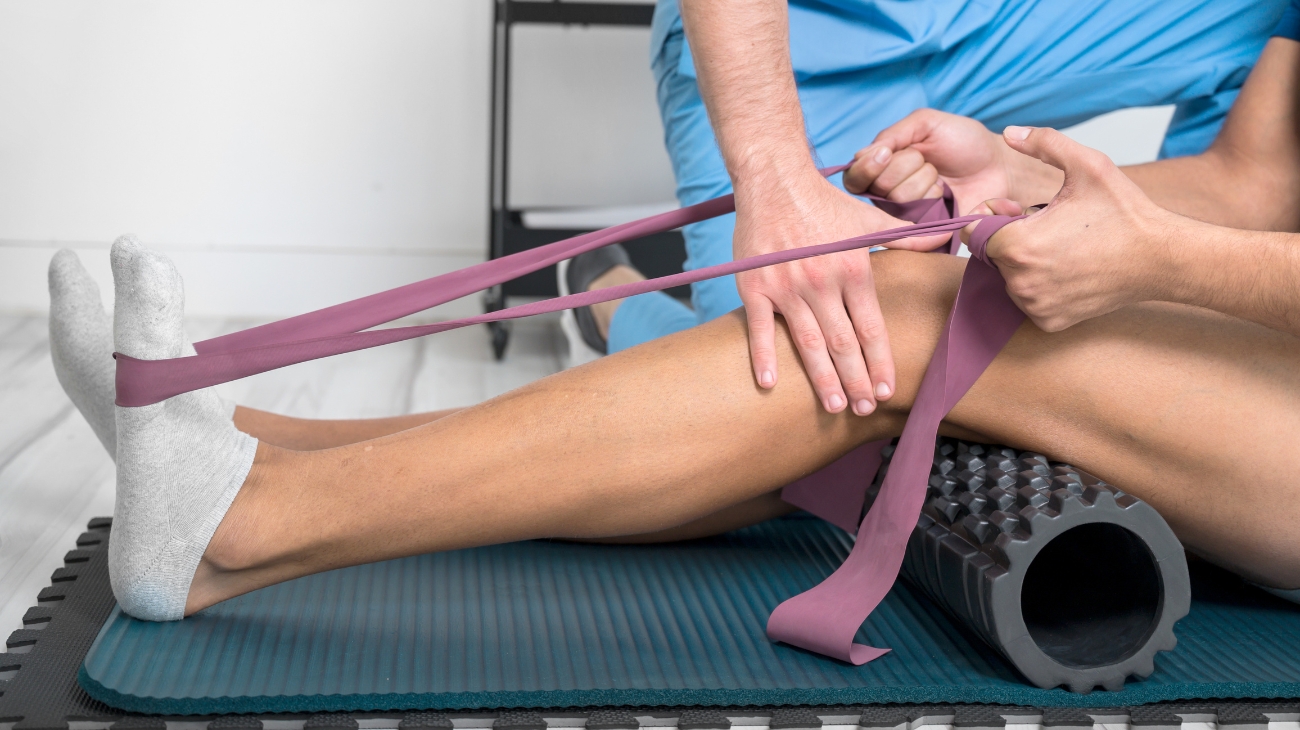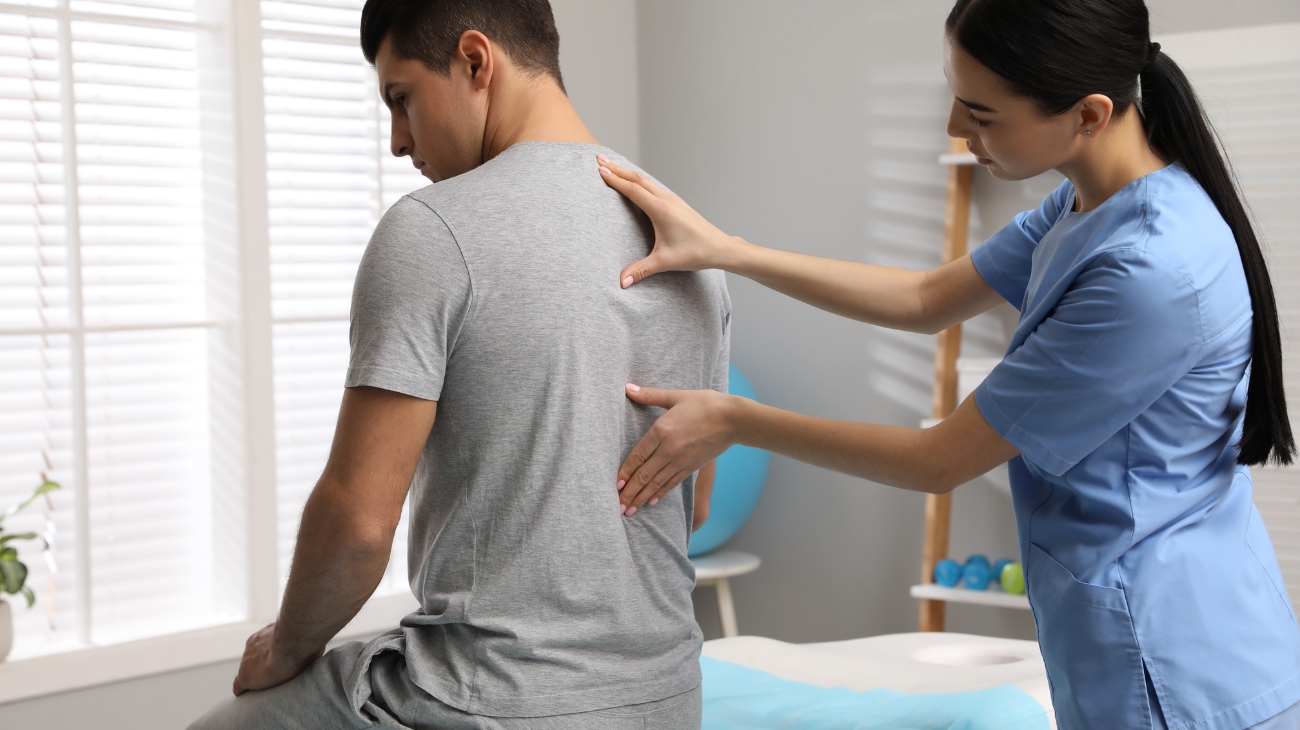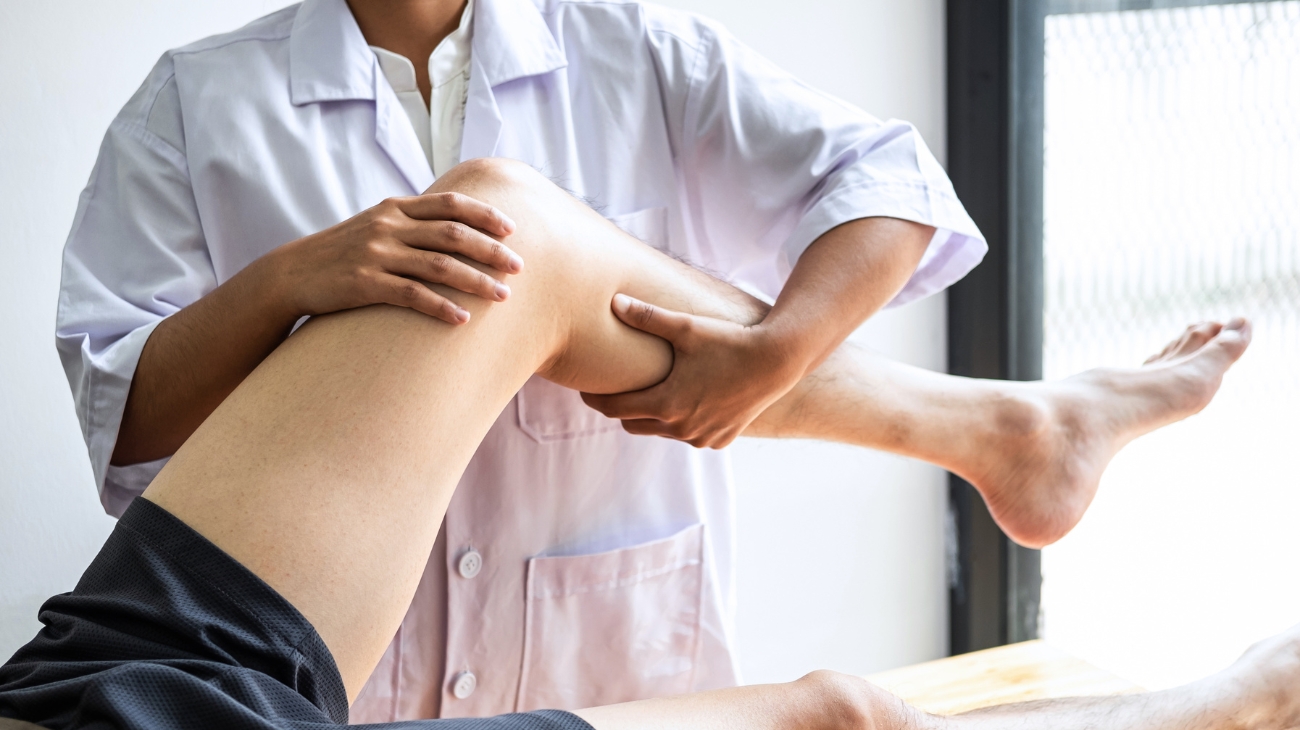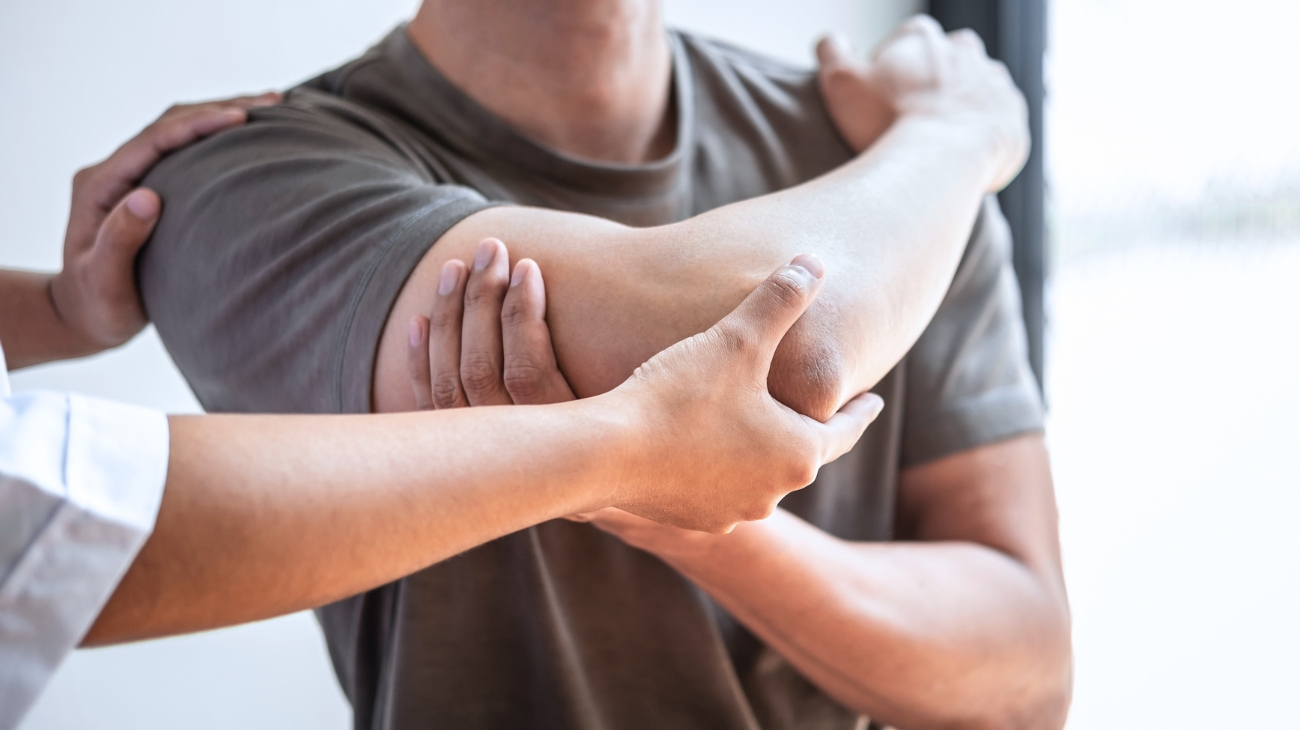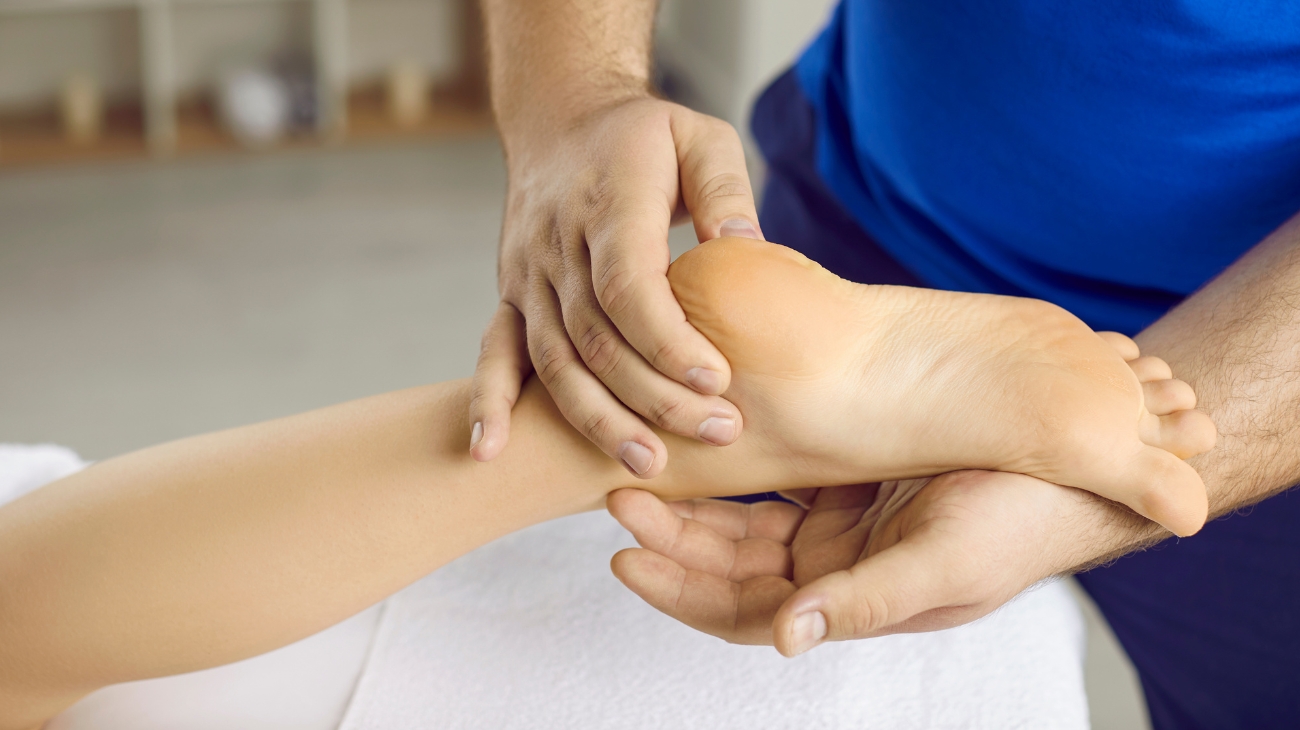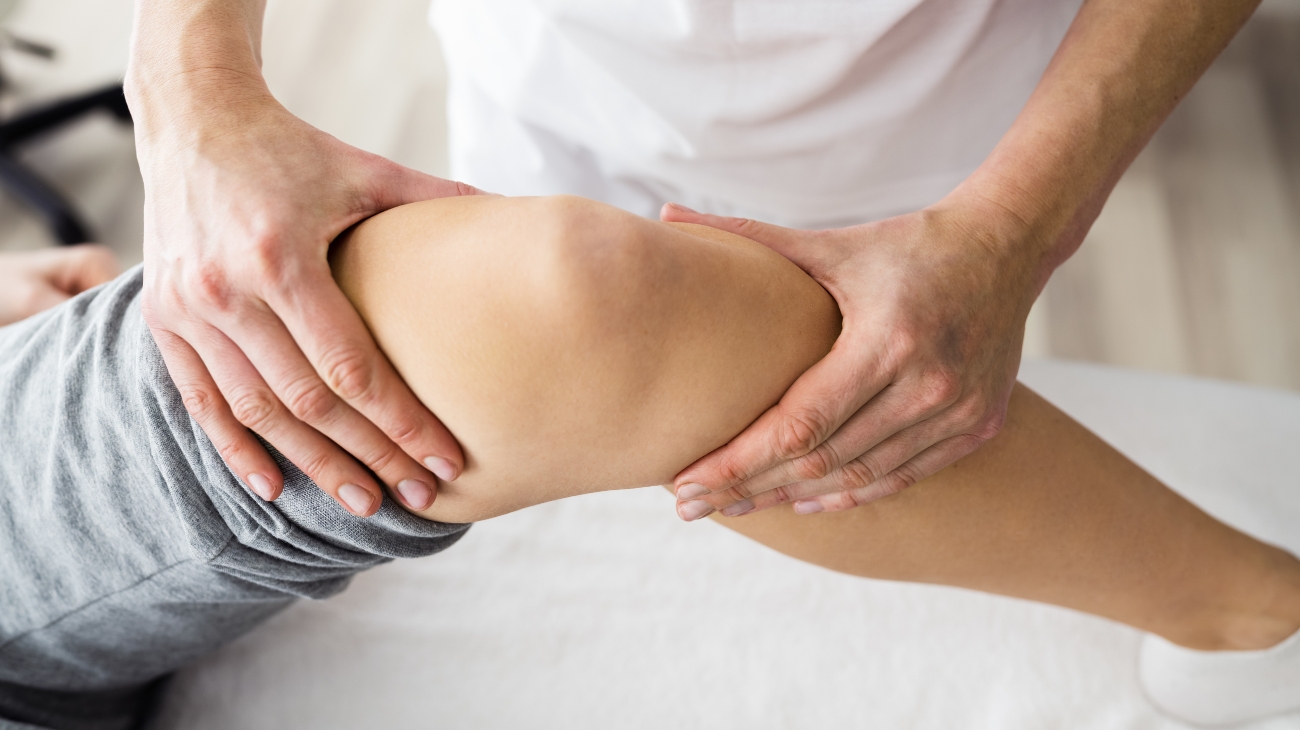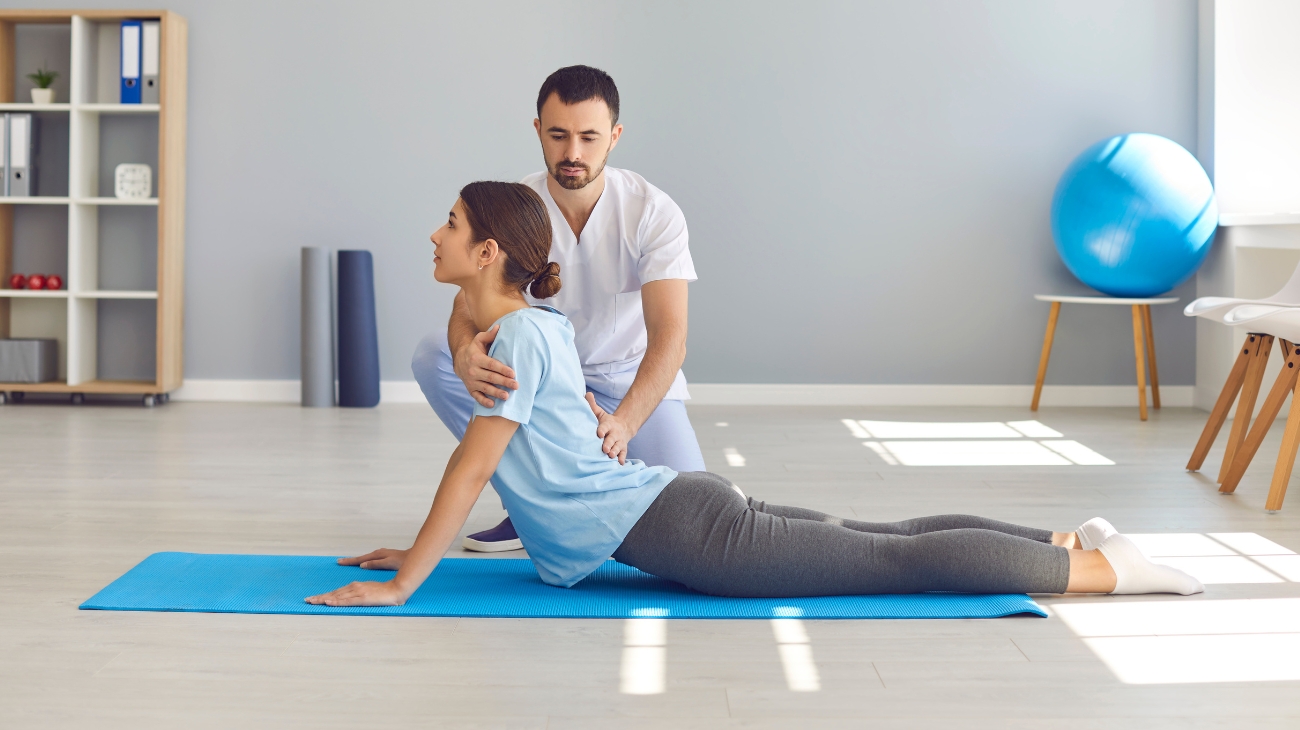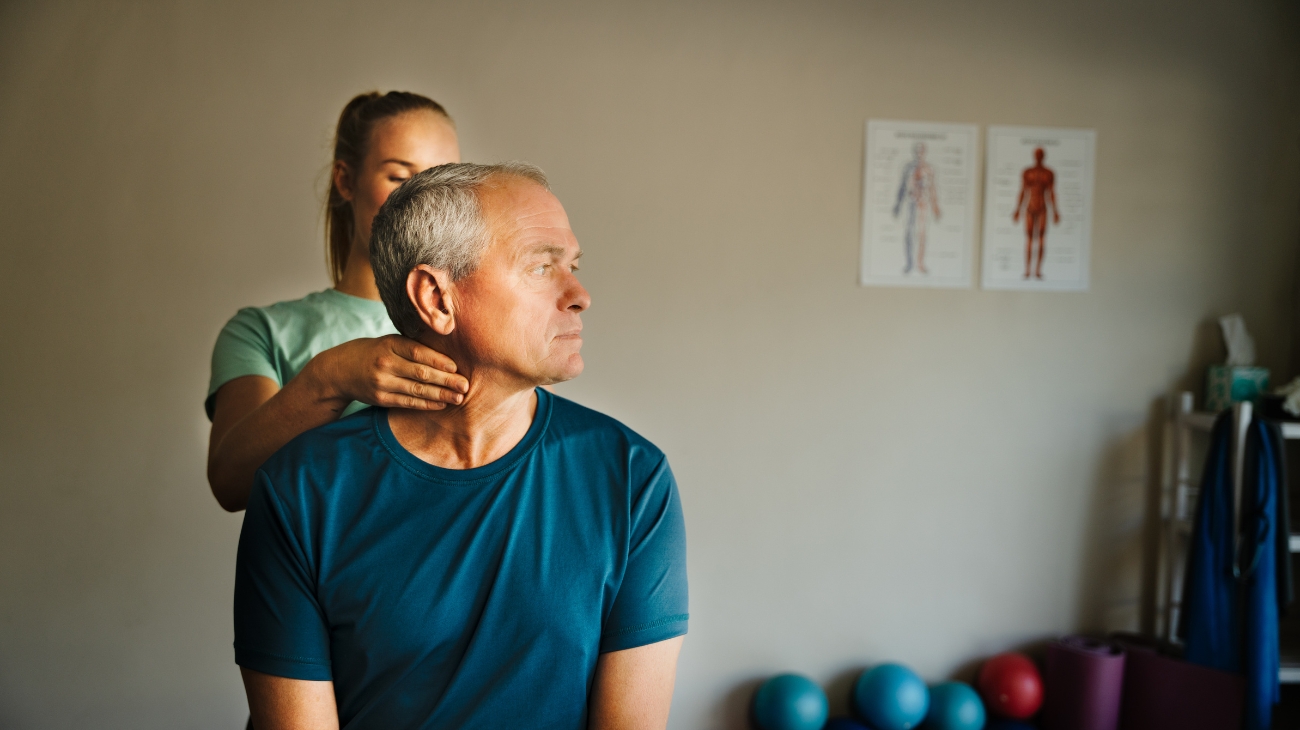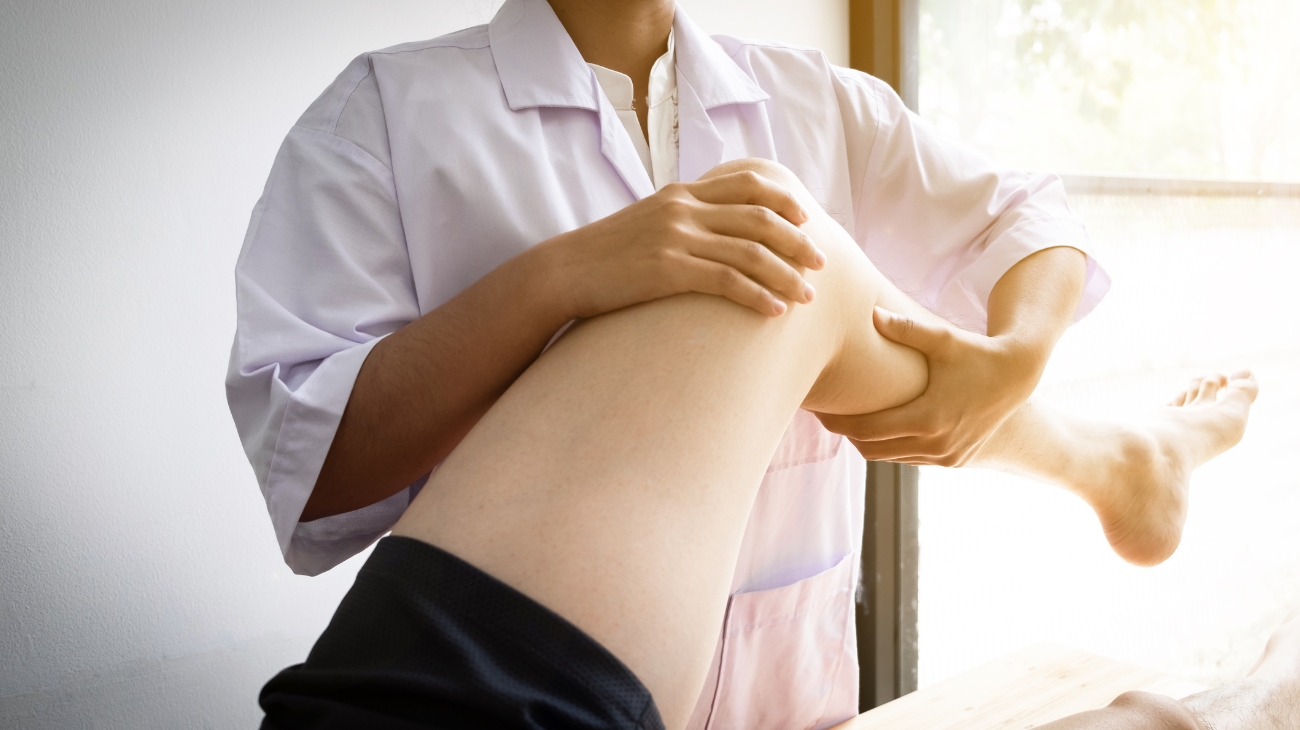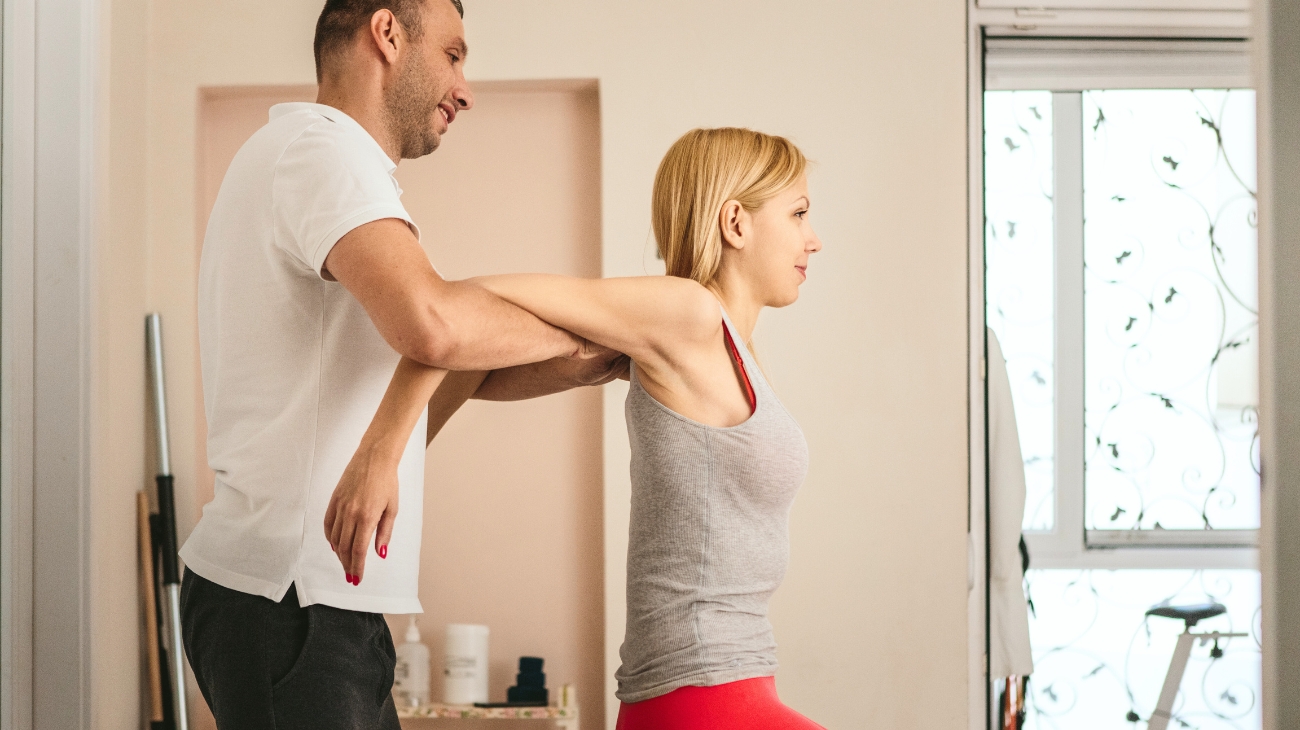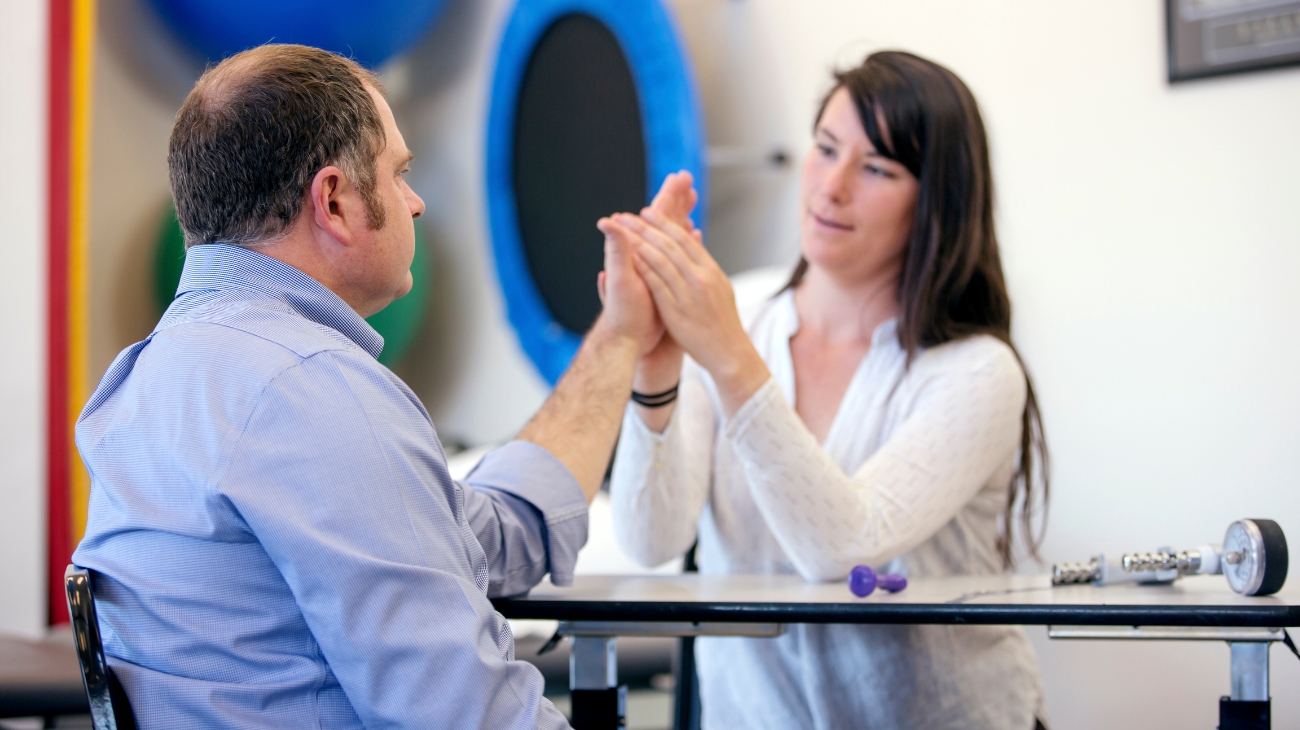Is crucial to know the best exercises for elbow rehabilitation and pain relief because the elbow joint plays a significant role in the upper extremity movement and is involved in various daily activities. Any injury to the elbow can limit the range of motion, cause pain, and impact the functionality of the entire upper extremity.
Rehabilitation exercises can help to restore elbow joint function and alleviate pain by promoting the healing process and increasing the strength and flexibility of the surrounding muscles. The right exercise regimen can improve blood flow, reducing swelling and inflammation, and help in regaining joint stability and balance.
Best elbow rehab and mobility exercises
Furthermore, pain relief exercises can help decrease discomfort and enhance comfort and quality of life. It is crucial to know the best exercises for elbow rehabilitation and pain relief to ensure effective treatment and avoid further injury. A tailored exercise program can provide better outcomes for the patient, and through regular evaluation and adjustment, patients can return to their daily activities with improved function and reduced pain.
1 - Wrist flexor stretch
The wrist flexor stretch is essential for improving wrist flexibility and preventing injuries like carpal tunnel syndrome:
- Begin in a standing or seated position with your back straight.
- Extend your arm straight in front of you, keeping it parallel to the ground.
- Flex your wrist, so your palm points down toward the floor.
- Use your opposite hand to gently grasp your fingers and apply a mild downward pressure to your flexed wrist.
- Hold the stretch for 15-30 seconds, feeling a gentle stretch along the underside of your wrist and forearm.
- Release the stretch slowly and switch to the other hand.
Muscles involved:
- Flexor Carpi Radialis: This muscle flexes the wrist and is stretched during the exercise.
- Flexor Carpi Ulnaris: This muscle also contributes to wrist flexion and is stretched.
- Palmaris Longus: If present, this muscle assists in wrist flexion and is involved in the stretch.
2 - Wrist extensor stretch
The wrist extensor stretch is crucial for improving wrist flexibility and preventing conditions like tennis elbow:
- Begin in a standing or seated position with your back straight.
- Extend your arm straight in front of you, keeping it parallel to the ground.
- Flex your wrist so your palm faces up towards the ceiling.
- Use your opposite hand to gently grasp your fingers and apply a mild upward pressure to your extended wrist.
- Hold the stretch for 15-30 seconds, feeling a gentle stretch along the top of your wrist and forearm.
- Release the stretch slowly and switch to the other hand.
Muscles involved:
- Extensor Carpi Radialis Brevis: This muscle extends the wrist and is stretched during the exercise.
- Extensor Carpi Radialis Longus: This muscle assists in wrist extension and is involved in the stretch.
- Extensor Carpi Ulnaris: It also contributes to wrist extension and is stretched during the exercise.
3 - Elbow flexion and extension (Dumbbell)
Performing elbow flexion and extension with a dumbbell is an effective exercise for strengthening the muscles of the upper arm:
- Sit on a bench or chair with your back supported and feet flat on the floor.
- Hold a dumbbell in one hand with your palm facing up (for flexion) or facing down (for extension).
- For elbow flexion, start with your arm fully extended, and then bend your elbow, lifting the dumbbell towards your shoulder.
- For elbow extension, start with your arm bent at 90 degrees, and then straighten your elbow, raising the dumbbell upward.
- Control the movement and avoid using momentum.
- Perform 2-3 sets of 10-15 repetitions for each exercise.
Muscles involved:
- Elbow Flexion (Biceps Brachii): Flexes the elbow and lifts the weight during the curl.
- Elbow Extension (Triceps Brachii): Extends the elbow and raises the weight during the extension.
- Brachialis: Assists in elbow flexion.
- Brachioradialis: Supports both flexion and extension.
4 - Pronation and supination (Dumbbell)
Performing forearm pronation and supination with a dumbbell is essential for strengthening the muscles responsible for these movements:
- Sit on a bench or chair with your forearm resting on your thigh or on a table, palm facing down for pronation or up for supination.
- Hold a dumbbell in your hand with a firm grip.
- For pronation, rotate your forearm and hand, so your palm turns upward.
- For supination, rotate your forearm and hand, so your palm turns downward.
- Perform the movement slowly and with control, focusing on the rotation of your forearm.
- Perform 2-3 sets of 10-15 repetitions for each exercise.
Muscles involved:
- Pronation (Pronator Teres and Pronator Quadratus): These muscles are responsible for turning the palm downward.
- Supination (Supinator and Biceps Brachii): These muscles are responsible for turning the palm upward.
- Brachioradialis: This muscle assists in both pronation and supination.
5 - Wall Push-Ups
Wall push-ups are a beginner-friendly upper body strengthening exercise that can be performed almost anywhere with a wall:
- Stand facing a wall with your feet shoulder-width apart.
- Place your hands on the wall, slightly wider than shoulder-width apart, at chest height.
- Lean your body forward and keep it in a straight line from head to heels.
- Lower your chest towards the wall by bending your elbows.
- Push back to the starting position by straightening your arms.
Muscles involved:
- Pectoralis Major: These chest muscles are the primary movers during the pushing phase.
- Anterior Deltoids: These shoulder muscles assist in the pushing motion.
- Triceps Brachii: These muscles at the back of the upper arm extend the elbow during the push.
- Serratus Anterior: This muscle stabilizes the shoulder blades against the wall.
- Core Muscles: Your core engages to maintain a straight body position.
6 - Nerve Glide - Basic
Nerve glides, also known as nerve flossing or neural gliding exercises, are crucial for improving the mobility and flexibility of neural structures like nerves and their surrounding tissues:
- Sit or stand with good posture, ensuring your spine is aligned.
- Extend your arm straight in front of you, palm facing up.
- Flex your wrist so your fingers point downward.
- Gently bend your neck sideways to the opposite side.
- Return your head and wrist to the neutral position.
- Repeat the movement several times.
Muscles involved:
- Nerves: Neural tissues such as the median nerve or ulnar nerve are mobilized during the exercise.
- Soft Tissues: Muscles, fascia, and connective tissues surrounding the nerves are also affected.
- Neck Muscles: Neck flexors and extensors assist in the head movement.
7 - Nerve Glide - Median
The Median Nerve Glide exercise is designed to improve the mobility and reduce tension in the median nerve, which runs through the arm and can become compressed or irritated:
- Sit or stand with proper posture.
- Extend your arm straight out in front of you at shoulder height.
- Flex your wrist, pointing your fingers downward.
- Rotate your head away from the extended arm.
- Gently bend your head sideways to the opposite side, bringing your ear toward your shoulder.
- Hold the stretch for a few seconds, then return to the neutral position.
- Repeat the movement 10-15 times, gradually increasing the range of motion.
Muscles involved:
- Median Nerve: The exercise targets the median nerve and its surrounding soft tissues.
- Neck Muscles: Muscles in the neck assist in the head and neck movement.
8 - Nerve Glide - Ulnar
The Ulnar Nerve Glide exercise is designed to improve the mobility and reduce tension in the ulnar nerve, which can become compressed or irritated:
- Sit or stand with proper posture.
- Extend your arm straight out in front of you at shoulder height.
- Flex your wrist, pointing your fingers downward.
- Rotate your head toward the extended arm.
- Gently bend your head sideways to the opposite side, bringing your ear toward your shoulder.
- Hold the stretch for a few seconds, then return to the neutral position.
- Repeat the movement 10-15 times, gradually increasing the range of motion.
Muscles involved:
- Ulnar Nerve: The exercise targets the ulnar nerve and its surrounding soft tissues.
- Neck Muscles: Muscles in the neck assist in the head and neck movement.
9 - Nerve Glide - Radial
The Radial Nerve Glide exercise is designed to improve the mobility and reduce tension in the radial nerve, which can become compressed or irritated, leading to symptoms like wrist or elbow pain:
- Sit or stand with proper posture.
- Extend your arm straight out in front of you at shoulder height.
- Extend your wrist, pointing your fingers upward.
- Rotate your head toward the extended arm.
- Gently bend your head sideways to the opposite side, bringing your ear toward your shoulder.
- Hold the stretch for a few seconds, then return to the neutral position.
- Repeat the movement 10-15 times, gradually increasing the range of motion.
Muscles involved:
- Radial Nerve: The exercise targets the radial nerve and its surrounding soft tissues.
- Neck Muscles: Muscles in the neck assist in the head and neck movement.
10 - Chair dips
Chair dips are a bodyweight exercise that primarily targets the triceps, shoulders, and chest while also engaging the core for stability:
- Sit on the edge of a sturdy chair or bench with your hands gripping the front edge, fingers pointing forward.
- Slide your buttocks off the chair, supporting your weight with your arms.
- Lower your body by bending your elbows until they are at a 90-degree angle or slightly less.
- Keep your back close to the chair, and avoid letting your shoulders shrug up.
- Push through your palms to straighten your arms and return to the starting position.
- Perform 2-3 sets of 10-15 repetitions.
Muscles involved:
- Triceps Brachii: These are the primary muscles responsible for extending the elbow during the dip.
- Anterior Deltoids: These shoulder muscles assist in arm extension.
- Pectoralis Major (Sternal Head): These chest muscles also contribute to arm extension.
- Rhomboids and Lower Trapezius: These muscles stabilize the shoulder blades during the exercise.
- Core Muscles: Abdominals and lower back muscles engage for stability.
Best products for elbow pain relief
Bestseller
Most common elbow injuries
Some of the most common elbow injuries that I encounter in my practice are:
- Tennis elbow: This condition is caused by overuse of the muscles and tendons in the forearm that attach to the lateral epicondyle (the bony bump on the outer part of the elbow). Symptoms include pain and tenderness on the outer part of the elbow, which may worsen with gripping or lifting.
- Golfer's elbow: Similar to tennis elbow, golfer's elbow is caused by overuse of the muscles and tendons in the forearm that attach to the medial epicondyle (the bony bump on the inner part of the elbow). Symptoms include pain and tenderness on the inner part of the elbow, which may worsen with gripping or lifting.
- Elbow sprain: This occurs when the ligaments in the elbow are stretched or torn due to a sudden impact or forceful movement. Symptoms include pain, swelling, and limited range of motion.
- Elbow dislocation: This is a serious injury that occurs when the bones in the elbow are forced out of place due to a sudden impact or injury. Symptoms include severe pain, swelling, and an inability to move the elbow joint.
- Bursitis: This is an inflammation of the bursa, a fluid-filled sac that cushions the joints. In the elbow, it can cause pain, stiffness, and swelling.
- Fractures: Elbow fractures can occur due to a sudden impact or injury, resulting in pain, swelling, and difficulty moving the elbow.
Benefits of rehab exercises for elbow injuries
Performing rehabilitation and mobility exercises for elbow injuries can offer numerous benefits, including:
- Pain relief: Specific exercises can help reduce pain associated with elbow injuries by increasing blood flow to the affected area, reducing inflammation, and promoting healing.
- Improved range of motion: Targeted exercises can help improve the range of motion in the elbow joint and surrounding muscles, reducing stiffness and increasing flexibility.
- Increased strength and stability: Strengthening exercises can help rebuild muscle strength and stability, improving overall elbow function and reducing the risk of future injuries.
- Faster recovery: Rehabilitation and mobility exercises can help speed up the recovery process by promoting healing and reducing inflammation.
- Improved posture and body mechanics: Elbow injuries can lead to compensatory movements and poor posture, which can cause additional strain on the elbow and surrounding muscles. Rehabilitation exercises can help correct these issues, improving overall body mechanics and reducing the risk of further injuries.
- Better overall function: By improving range of motion, strength, stability, posture, and body mechanics, rehabilitation and mobility exercises can help improve overall elbow function and quality of life.
In summary, performing rehabilitation and mobility exercises for elbow injuries can help alleviate pain, improve range of motion, increase strength and stability, promote faster recovery, improve posture and body mechanics, and enhance overall function. A customized exercise program designed by a Manual Physical Therapist can provide optimal outcomes for the patient and help them return to their daily activities with improved function and reduced pain.
F.A.Q: Frequently asked questions
References
- Stasinopoulos, D., Stasinopoulou, K., & Johnson, M. I. (2005). An exercise programme for the management of lateral elbow tendinopathy. British journal of sports medicine, 39(12), 944-947. https://bjsm.bmj.com/content/39/12/944.short
- Finestone, H. M., & Rabinovitch, D. L. (2008). Tennis elbow no more: practical eccentric and concentric exercises to heal the pain. Canadian family physician, 54(8), 1115-1116. https://www.cfp.ca/content/54/8/1115.short
- Stasinopoulos, D., Stasinopoulos, I., Pantelis, M., & Stasinopoulou, K. (2010). Comparison of effects of a home exercise programme and a supervised exercise programme for the management of lateral elbow tendinopathy. British journal of sports medicine, 44(8), 579-583. https://bjsm.bmj.com/content/44/8/579.short
- Kilmer, D. D., McCrory, M. A., Wright, N. C., Aitkens, S. G., & Bernauer, E. M. (1994). The effect of a high resistance exercise program in slowly progressive neuromuscular disease. Archives of physical medicine and rehabilitation, 75(5), 560-563. https://www.sciencedirect.com/science/article/abs/pii/S0003999321016208
- Birinci, T., Razak Ozdincler, A., Altun, S., & Kural, C. (2019). A structured exercise programme combined with proprioceptive neuromuscular facilitation stretching or static stretching in posttraumatic stiffness of the elbow: a randomized controlled trial. Clinical rehabilitation, 33(2), 241-252. https://journals.sagepub.com/doi/abs/10.1177/0269215518802886
- Wilk, K. E., Arrigo, C., & Andrews, J. R. (1993). Rehabilitation of the elbow in the throwing athlete. Journal of Orthopaedic & Sports Physical Therapy, 17(6), 305-317. https://www.jospt.org/doi/abs/10.2519/jospt.1993.17.6.305
- Yoon, S. Y., Kim, Y. W., Shin, I. S., Kang, S., Moon, H. I., & Lee, S. C. (2021). The beneficial effects of eccentric exercise in the management of lateral elbow tendinopathy: A systematic review and meta-analysis. Journal of clinical medicine, 10(17), 3968. https://www.mdpi.com/2077-0383/10/17/3968
- Olsen, S. J., Fleisig, G. S., Dun, S., Loftice, J., & Andrews, J. R. (2006). Risk factors for shoulder and elbow injuries in adolescent baseball pitchers. The American journal of sports medicine, 34(6), 905-912. https://journals.sagepub.com/doi/abs/10.1177/0363546505284188
- Safran, M. R. (2004). Elbow injuries in athletes. Clinics in Sports Medicine, 23(4), xvii-xix. https://www.sportsmed.theclinics.com/article/S0278-5919(04)00072-9/fulltext
- Harada, M., Takahara, M., Mura, N., Sasaki, J., Ito, T., & Ogino, T. (2010). Risk factors for elbow injuries among young baseball players. Journal of shoulder and elbow surgery, 19(4), 502-507. https://www.sciencedirect.com/science/article/abs/pii/S1058274609004741










